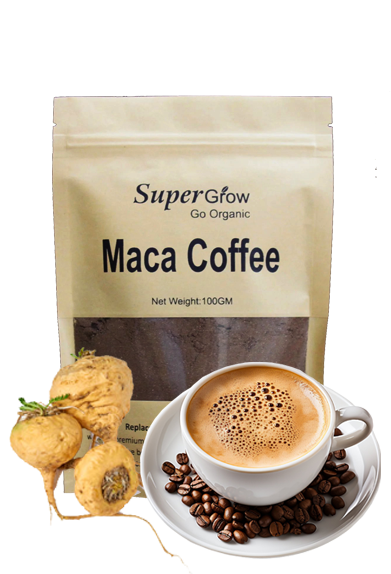Overview
Asafoetida, also known as hing, is a resinous gum obtained from the taproot of several species of Ferula, a perennial herb native to Iran and Afghanistan. The plant’s resin is extracted and then dried to form a gum-like substance, which is ground into a fine powder for culinary and medicinal use. Asafoetida is often used as a flavor enhancer and digestive aid in vegetarian dishes, particularly in lentil and bean dishes. It is typically added to hot oil or ghee at the beginning of cooking to release its flavor. Asafoetida has been used for centuries in traditional medicine for its potential digestive and anti-inflammatory properties.
Benefits
Here are some potential benefits associated with asafoetida:
Digestive Aid:
Asafoetida has long been used to aid digestion and alleviate gastrointestinal issues such as bloating, gas, and indigestion. It is believed to stimulate the production of digestive enzymes, thereby promoting better digestion and nutrient absorption.
Antimicrobial Properties:
Asafoetida exhibits antimicrobial activity against various bacteria and fungi. It may help inhibit the growth of harmful microorganisms in the digestive tract and elsewhere in the body, potentially reducing the risk of infections.
Anti-inflammatory Effects:
Some studies suggest that asafoetida possesses anti-inflammatory properties, which could make it beneficial for conditions characterized by inflammation, such as arthritis and inflammatory bowel diseases like Crohn’s disease and ulcerative colitis.
Respiratory Health:
Asafoetida is traditionally used to treat respiratory issues such as asthma, bronchitis, and coughs. Its expectorant properties may help loosen phlegm and mucus, making it easier to expel from the respiratory tract.
Menstrual Relief:
In traditional medicine, asafoetida is sometimes used to alleviate menstrual discomfort and regulate menstrual cycles. It is believed to have emmenagogue properties, which may help stimulate menstrual flow and relieve symptoms like cramps and bloating.
Blood Pressure Regulation:
Some research suggests that asafoetida may have hypotensive effects, meaning it could help lower blood pressure levels. However, more studies are needed to confirm this potential benefit and understand the underlying mechanisms.
Anti-cancer Potential:
Preliminary studies have indicated that certain compounds found in asafoetida may possess anti-cancer properties, potentially inhibiting the growth and spread of cancer cells. However, further research is necessary to fully understand its role in cancer prevention and treatment.
Uses
Asafoetida, also known as hing, is a versatile spice with various culinary and medicinal uses. Here are some common ways it is used:
Culinary Uses:
Flavoring Agent: Asafoetida is used to add a distinct flavor and aroma to a wide range of dishes, particularly in Indian cuisine. It has a pungent, onion-like flavor that enhances the overall taste of curries, dals (lentil dishes), vegetable stir-fries, and pickles.
Seasoning: Asafoetida is often used as a seasoning or tempering ingredient. It is typically added to hot oil or ghee at the beginning of cooking to release its flavor and aroma. This technique, known as “tadka” or “tempering,” infuses the oil with the essence of asafoetida, which is then mixed into the dish.
Substitute for Garlic and Onion: Asafoetida is commonly used as a substitute for garlic and onion in dishes, especially in Jain and Ayurvedic cooking, where these ingredients are avoided. It provides a similar depth of flavor without the need for actual garlic or onion.
Medicinal Uses:
Digestive Aid: Asafoetida is traditionally used as a digestive aid to relieve symptoms such as bloating, gas, indigestion, and flatulence. It is believed to stimulate the production of digestive enzymes, promoting better digestion and alleviating discomfort.
Respiratory Health: Asafoetida is used in traditional medicine to treat respiratory issues such as asthma, bronchitis, and coughs. Its expectorant properties may help loosen phlegm and mucus, making it easier to expel from the respiratory tract.
Menstrual Relief: In some cultures, asafoetida is used to alleviate menstrual discomfort and regulate menstrual cycles. It is believed to have emmenagogue properties, which may help stimulate menstrual flow and relieve symptoms like cramps and bloating.
Other Uses:
Insect Repellent: Asafoetida has been traditionally used as an insect repellent. It is sometimes mixed with water and sprinkled around the house or applied to the skin to deter pests such as mosquitoes.
Fermentation Aid: Asafoetida is sometimes added to food items during fermentation processes, such as in the preparation of certain pickles and fermented lentil batters. It helps control the fermentation process and adds flavor to the final product.


 Shop layouts
Shop layouts
 Food Supplements
Food Supplements





